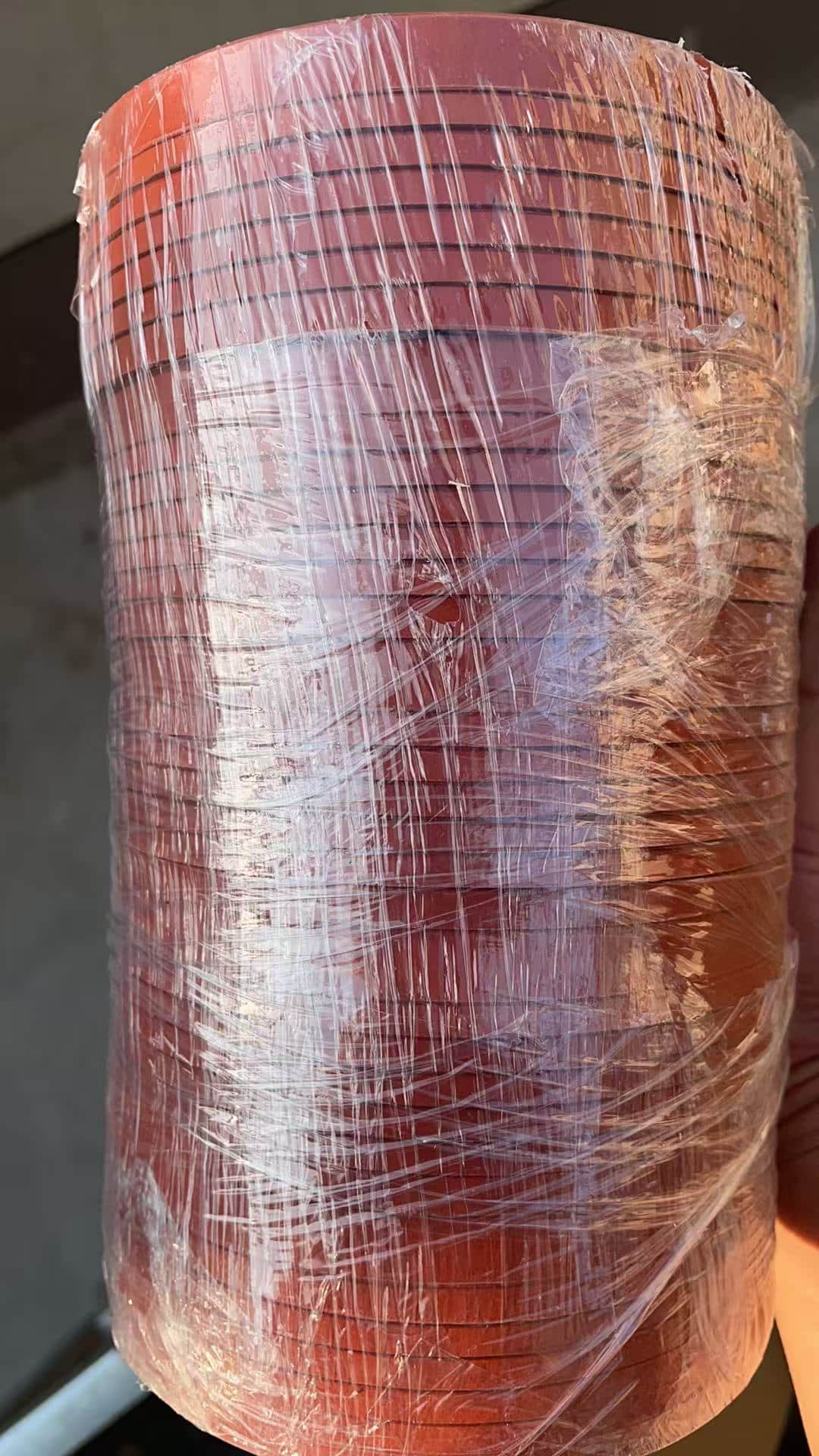When hydraulic systems fail due to seal leakage, downtime and maintenance costs escalate. Vee packing seals, also known as Chevron Packing Sets, offer a robust solution for high-pressure applications, ensuring system integrity and longevity.
Vee packing seals are multi-lip sealing components designed to handle high-pressure environments, making them ideal for hydraulic and pneumatic systems. Their unique design allows for excellent sealing performance, even under fluctuating pressures.

Vee packing seals are not just another sealing option; they are a critical component in ensuring the efficiency and reliability of high-pressure systems. Let's delve deeper into their structure, benefits, and applications.
How Does Vee Packing Work in Hydraulic Systems?
Vee packing seals operate by stacking multiple V-shaped rings, which deform under pressure to create a tight seal. This design allows for effective sealing in both static and dynamic applications, accommodating shaft misalignments and pressure fluctuations.
The Mechanics Behind Vee Packing Seals
Vee packing seals consist of three main components:
- Female Adapter: Provides a flat surface for the V-rings to seat against.
- V-Rings: The primary sealing elements, which deform under pressure to create a seal.
- Male Adapter: Applies pressure to the V-rings, ensuring they maintain contact with the sealing surfaces.
The number of V-rings used can vary based on the application's pressure requirements. For instance, higher pressure systems may require more V-rings to ensure effective sealing. The materials used for these components can also vary:
| Component | Material Options | Application Notes |
|---|---|---|
| Female Adapter | NBR, PTFE, Fabric Reinforced | Provides initial sealing surface |
| V-Rings | NBR, FKM, PTFE, Fabric | Primary sealing elements |
| Male Adapter | NBR, PTFE, Fabric Reinforced | Applies pressure to maintain seal integrity |
In my experience, selecting the right combination of materials and the appropriate number of V-rings is crucial. For example, in a high-pressure hydraulic press, using fabric-reinforced V-rings with PTFE adapters provided the necessary durability and chemical resistance. For similar extreme conditions, V-Type Hydraulic Seals are also a reliable option.
What Are the Advantages of Using Chevron Packing Sets?
Chevron packing sets offer several benefits:
- High Pressure Resistance: Suitable for applications up to 10,000 PSI.
- Versatility: Effective in both static and dynamic sealing scenarios.
- Durability: Fabric-reinforced options provide enhanced wear resistance.
- Customizability: Available in various materials to suit different media and temperatures.
These advantages make Chevron packing sets a preferred choice in industries like oil and gas, chemical processing, and heavy machinery.

Comparing Chevron Packing to Other Sealing Solutions
When evaluating sealing solutions, it's essential to consider the specific requirements of the application. Here's a comparison:
| Sealing Solution | Pressure Range | Dynamic Sealing | Material Options | Maintenance Frequency |
|---|---|---|---|---|
| Chevron Packing Set | Up to 10,000 PSI | Excellent | NBR, FKM, PTFE, Fabric | Low |
| O-Rings | Up to 1,500 PSI | Moderate | NBR, FKM, Silicone | Moderate |
| U-Cup Seals | Up to 5,000 PSI | Good | NBR, PU | Moderate |
From this comparison, it's evident that Chevron packing sets offer superior performance in high-pressure sealing and dynamic applications.
Why Choose Fabric Reinforced Hydraulic Seals?
Fabric reinforced hydraulic seals combine the flexibility of elastomers with the strength of fabric materials, resulting in seals that can withstand high pressures and abrasive conditions.
The Role of Fabric Reinforcement in Seal Performance
Fabric reinforcement enhances the seal's mechanical properties:
- Increased Strength: The fabric layer provides structural support, allowing the seal to maintain its shape under pressure.
- Improved Wear Resistance: Fabric materials reduce wear from friction and abrasive media.
- Enhanced Temperature Tolerance: Fabric-reinforced seals can operate effectively across a broader temperature range.
In one application involving a hydraulic cylinder exposed to abrasive slurry, switching to fabric-reinforced seals significantly extended the maintenance intervals and reduced downtime. For more on ensuring longevity, see our guide on how to choose and replace hydraulic seals effectively.
Conclusion
Vee packing seals, especially Chevron packing sets and fabric-reinforced options, are indispensable in high-pressure sealing applications, offering durability, versatility, and reliable performance.
Ready to Optimize Your Sealing System?
Looking for a high-performance seal that matches your pressure, material, and design needs? Contact our engineers to get tailored recommendations today.
Email: [email protected]
WhatsApp: +86 17622979498
Let’s reduce downtime and increase sealing reliability—together.
Related Topics
- Vee Packing Seal Products
- How to Choose and Replace Hydraulic Seals (Step-by-Step)
- V-Type Hydraulic Seals: Why They’re the Best Choice for Extreme Pressure Applications in 2025?


